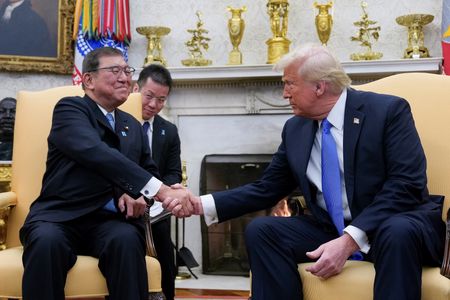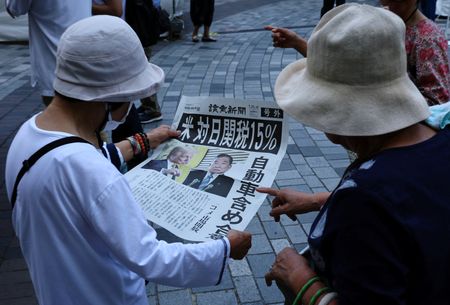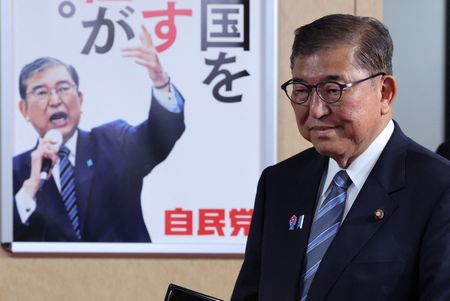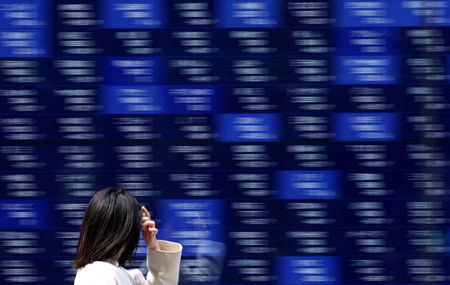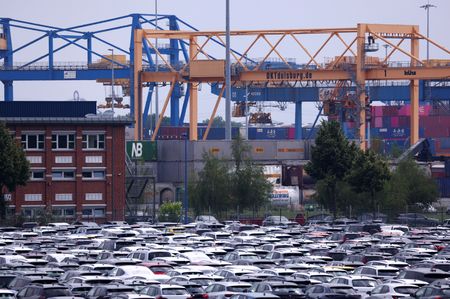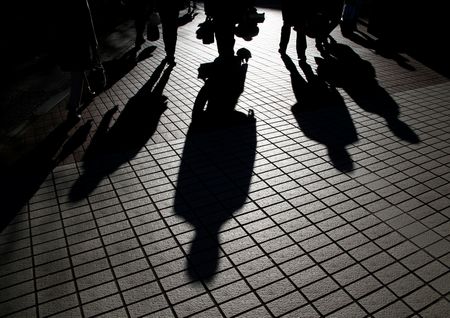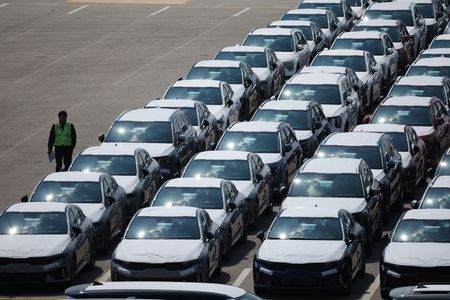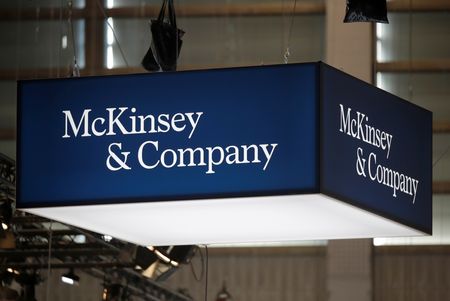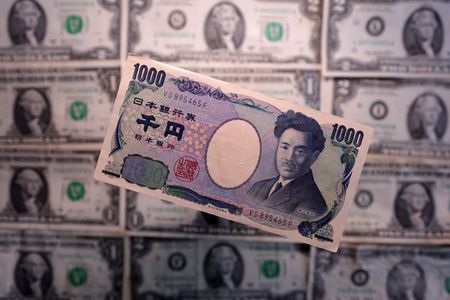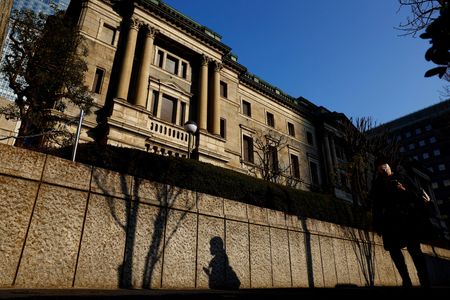TOKYO (Reuters) -U.S. President Donald Trump and Japanese Prime Minister Shigeru Ishiba on Wednesday said they had struck a trade deal that will include a 15% tariff on imports from Japan. Here’s what we know so far.
THE DEAL
In a post on Truth Social, Trump said the deal would include $550 billion of Japanese investments in the United States, improved market access into Japan for American goods including automobiles, rice and other agricultural products.
Japanese autos, which account for more than a quarter of all the country’s exports to the U.S., will also be subject to a 15% tariff, down from a punishing 25%, Prime Minister Shigeru Ishiba said. The U.S. has also agreed to not impose any caps on auto imports, he added.
Japan will keep its existing tariffs on imports of U.S. agricultural products. The country will import more rice from the United States but within the existing tariff-free quota, Ishiba he said.
The $550 billion of investment was the upper limit of loan investments and guarantees that Japanese government state banks and agencies would make available to promote Japanese corporate investment in the United States.
The new initiative, “Japan Investment America Initiative”, is aimed at boosting investment in economic security sectors including semiconductors, pharmaceuticals, steel, shipbuilding, critical minerals, energy, autos and AI technologies.
Japan’s top trade negotiator Ryosei Akazawa, who spent over two hours talking with U.S. Treasury Secretary Scott Bessent earlier this week, said steel and aluminium, subject to a separate 50% tariff, were not included in the deal.
TARIFF DEADLINE
Akazawa has travelled to the U.S. eight times since April for trade talks with U.S. officials including Treasury Secretary Scott Bessent and Commerce Secretary Howard Lutnick. The latest visit came days before an August 1 deadline when the Trump Administration said it would impose a 25% tariff on all Japanese imports.
The U.S. is Japan’s biggest export market. Economists had estimated that Trump’s tariffs could lower Japan’s GDP by as much as a percentage point.
ELECTION FALLOUT
The tariff agreement comes three days after Ishiba’s administration lost its upper house majority in an election, triggering calls for his resignation including from within his own ruling Liberal Democratic Party, according to local media reports.
In the wake of that election defeat, Ishiba said he would stay in place to push for a trade agreement with the U.S. and to tackle Japan’s looming economic problems.
Ishiba will announce his intention to step down by the end of August, the Mainichi newspaper reported on Wednesday.
MARKET REACTION
Japanese automaker shares led the Nikkei share average higher, which rose by over 3% in afternoon trading following the announcement. Toyota Motor Corp’s shares jumped by 15% with Honda Motor Co up more than 11%.
The benchmark 10-year Japanese bond futures tumbled as much as 0.92 yen to 137.68 yen, the lowest since March 28.
(Reporting by Tim Kelly; Editing by Lincoln Feast.)

